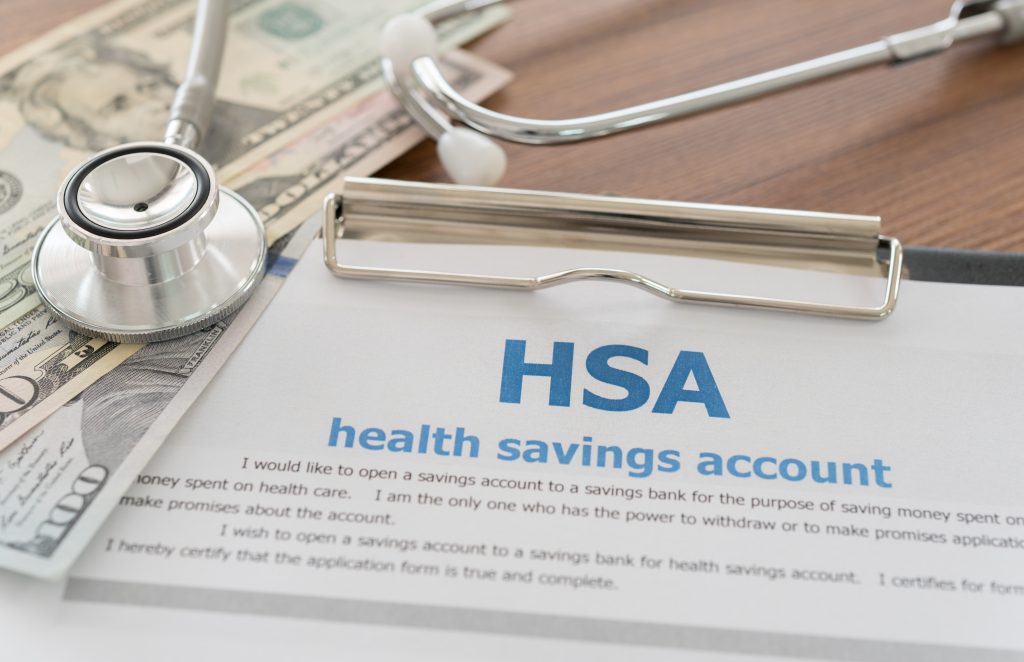Investing in a Health Savings Account (HSA) can significantly optimize your tax benefits. For many people, understanding how to leverage these accounts can lead to substantial financial savings. In the US, HSAs offer a unique combination of tax advantages that are hard to find with other investment vehicles.
When utilized effectively, these accounts can reduce your taxable income, provide tax-free withdrawals, and even offer tax-deferred growth. By integrating an HSA into your financial planning, you can enjoy both immediate savings and long-term benefits. In this blog post, we will explore the ins and outs of HSAs, how they function, and the steps you can take to maximize their tax benefits.
Understanding HSAs and their tax implications

An HSA is a tax-advantaged medical savings account available to taxpayers in the US who are enrolled in a high-deductible health plan (HDHP). HSAs offer triple tax savings: contributions are tax-deductible, the funds grow tax-free, and withdrawals for qualified medical expenses are also tax-free. These accounts provide the perfect opportunity for individuals looking to ensure both current and future healthcare savings while enjoying considerable tax benefits.
The way HSAs are structured makes them an attractive choice for those wanting to take advantage of tax-advantaged accounts. Contributions can be invested in various financial instruments like stocks, bonds, and mutual funds, similar to retirement accounts. This investment potential allows for compound growth, which can lead to substantial account balances over time.
The mechanics of HSA contributions and limits
Understanding the contribution limits for HSAs is crucial for maximizing your tax benefits. For the year 2023, the maximum contribution limit for an individual with self-only coverage is $3,850, while the limit for those with family coverage is $7,750. Additionally, individuals aged 55 and older can contribute an extra $1,000 as a “catch-up” contribution.
Employers often offer matching contributions to employee HSAs, similar to 401(k) plans, which can further enhance your savings. It’s crucial to coordinate with your employer to maximize this benefit and ensure the total contributions do not exceed the IRS limits. Automatically scheduling these contributions can simplify the process and guarantee that you don’t miss out on potential tax savings.
Timing your HSA withdrawals for maximum benefit
Timing your HSA withdrawals strategically is another effective way to optimize your tax benefits. Since funds used for qualified medical expenses are tax-free, it’s advisable to keep track of all healthcare-related expenditures, even if you don’t need to withdraw funds immediately. By paying out-of-pocket initially and reimbursing yourself later, your HSA funds remain invested and can continue to grow tax-free.
Another strategy is to consider delaying significant withdrawals until after retirement. This tactic can ensure that your savings are maximized and provide a financial cushion when you might require more substantial healthcare funding. The flexibility of HSAs makes it possible to adjust your withdrawal timing based on your unique financial situation and healthcare needs.
Integrating HSAs into your broader financial strategy
By understanding how HSAs fit into your overall financial strategy, you can make the most of their tax advantages and long-term benefits. Treating your HSA as both a healthcare savings tool and a supplementary retirement account can provide financial flexibility and security. It’s important to consider your current financial needs, retirement plans, and potential healthcare expenses when determining how much to contribute and when to use the funds.
Long-term planning includes considering healthcare inflation, potential policy changes, and personal health circumstances. By regularly reviewing your HSA performance and adjusting your strategy to align with any changes, you maintain the ability to leverage these accounts effectively.
Maximizing benefits through informed HSA management
To truly maximize your benefits, ongoing HSA management is key. Regularly monitoring your HSA investments, reviewing your portfolio, and ensuring your risk tolerance reflects your financial goals are critical steps. Keeping abreast of changes in healthcare legislation and contribution limits will also position you to make any necessary adjustments promptly.
Technology can be a helpful ally in managing your HSA, with many platforms offering tools to track expenses, investment performance, and contribution levels. Utilizing these resources can streamline account management and ensure you’re making informed decisions regarding your HSA.
Future Considerations: Navigating changes and trend
As healthcare policies and economic conditions evolve, staying informed about potential changes to HSA regulations will be crucial. Keeping an eye on proposed legislative changes can provide insight into future contribution limits, qualified expenses, and tax advantages.
Understanding emerging trends in healthcare costs and insurance can also inform more strategic decisions regarding HSA contributions and withdrawals. Moreover, as digital health innovations continue to grow, more expenses could become HSA-eligible, broadening your ability to use these funds strategically.
Being aware of new technologies and therapies covered by HSAs can amplify your financial planning strategies and extend your healthcare options. By keeping updated on such developments, you can better position yourself to take advantage of evolving opportunities.






